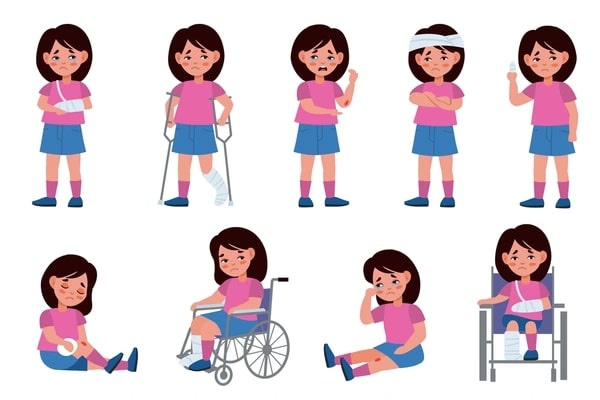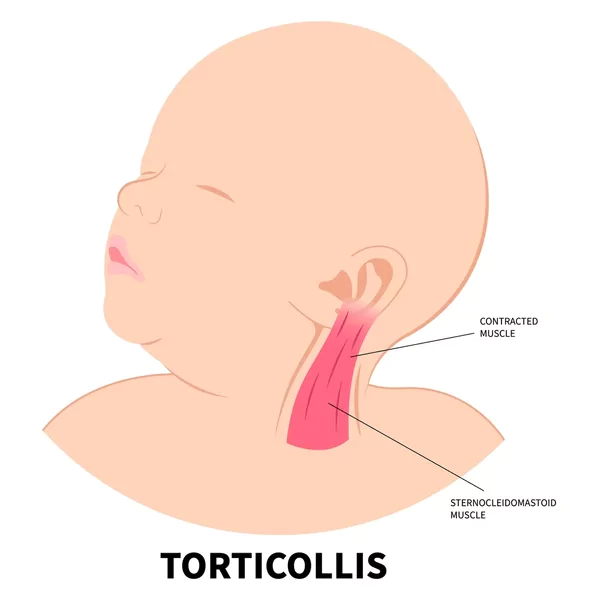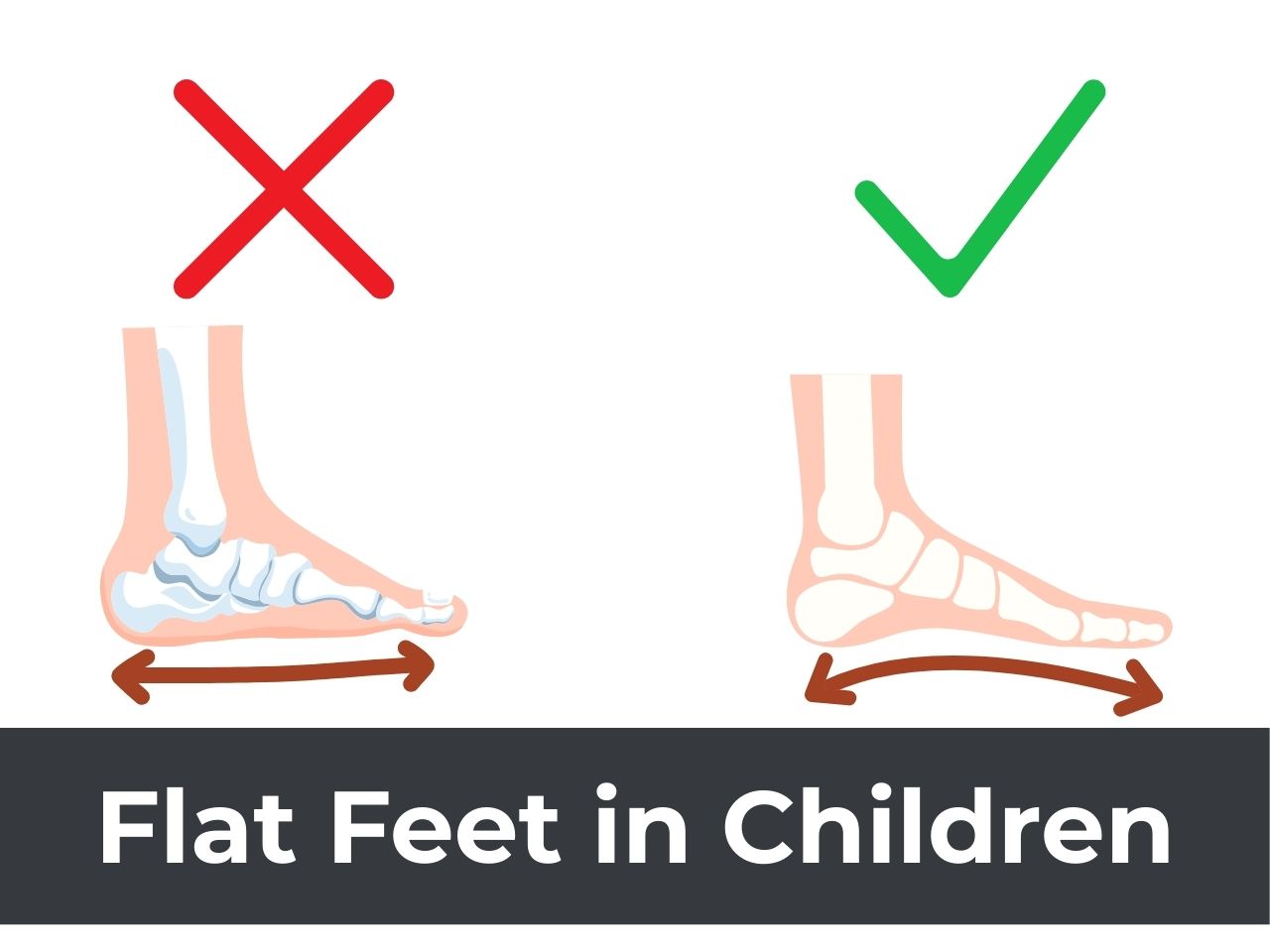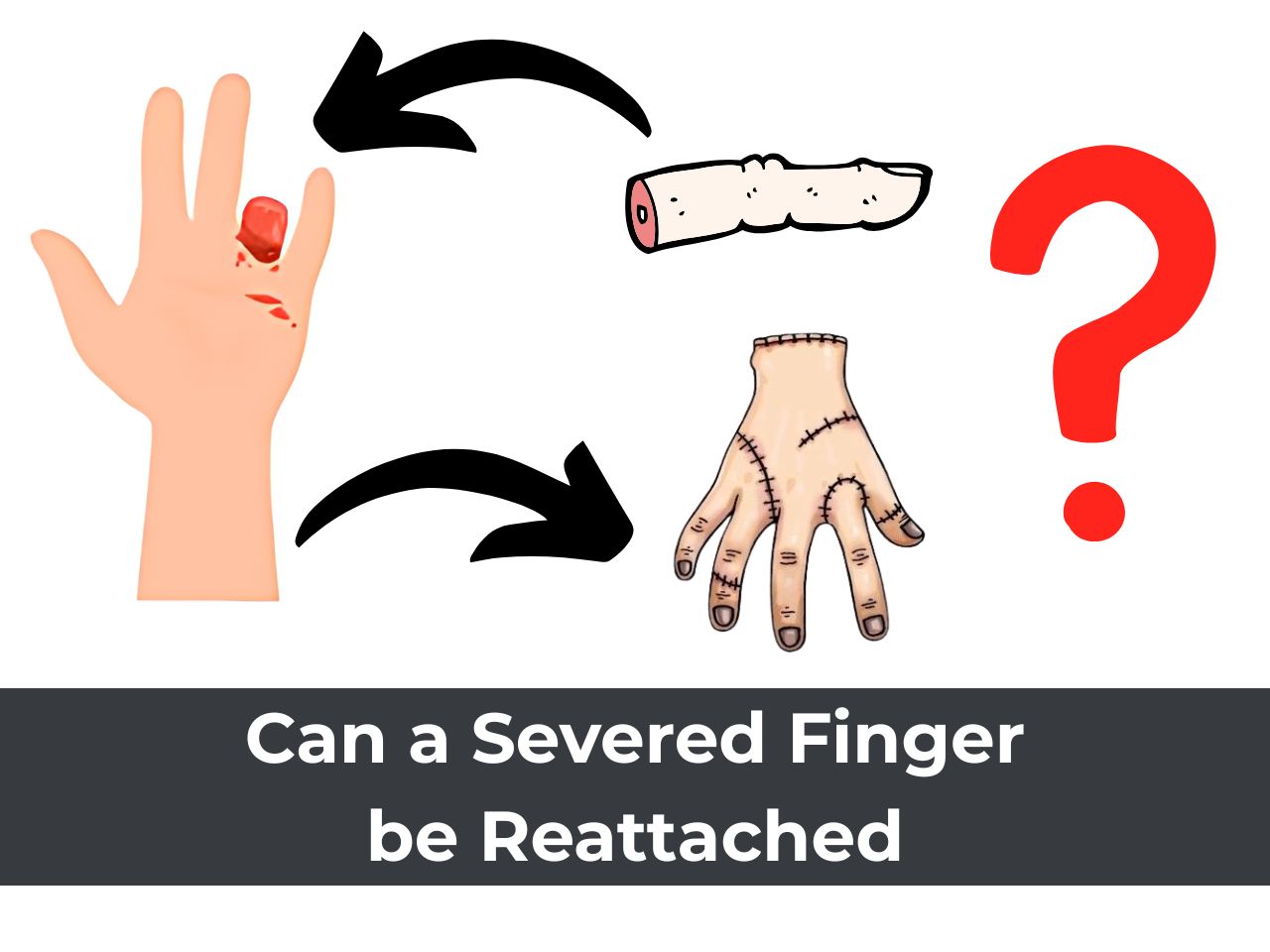Congenital Talipes Equinovarus (a.k.a CTEV/ clubfoot) is the most typical birth deformity of a paediatric orthopaedic surgeon. The birth of a child can be a massive emotional trauma to the entire family. Here we have to counsel parents that clubfoot is completely treatable, and if appropriately treated, these children lead a perfectly normal life and can participate in all activities.
As mentioned in another blog, I had mentioned clubfoot is treated by the Ponseti protocol. Ponseti method consists of the initial phase of serial manipulation and plaster cast application, followed by tenotomy surgery to release the tight heel cord, and, finally, maintenance of correction by application of brace.
In this blog post, I shall address parents’ most frequently asked questions about the casting phase of treatment by the Ponseti method.
When should we commence casting for our new-born baby with clubfoot?
It is recommended that plaster casts for clubfoot application should commence immediately after birth. In my practice, I start casting between the ages of 7 to 14 days, allowing the skin condition to improve.
If the baby is underweight, I generally allow the baby’s weight to increase to more than 2 kg before commencing casting.
How frequently are casts changed?
Plaster casts during the casting phase of clubfoot treatment are changed every week.
What preparations should we make before visiting the doctor for casting?
Diapers should be applied to avoid soiling of the plaster cast during plaster cast application. Also, even though the child may be on exclusive breastfeeding, casting a bottle of expressed breast milk or formula feed should be carried out to feed the child during casting. This helps to pacify the child and makes cast application easier.
Is the plaster cast painful to the child?
Plaster cast application is performed gently stretching the joint capsules and ligaments and is not painful. However, since the child’s legs are held and bound, it is not uncommon for the child to cry during plaster cast application. Giving bottle feed and playing soothing music may help to pacify the child in such situations.
What care should I take while the child is in plaster casts?
When the child is in a plaster cast, diapers should be worn full time to avoid soiling urine or stools.
The child should not be bathed while in a plaster cast. However, on the day of plaster change child should be bathed after the old cast is removed at home.
Additionally, parents should keep a lookout for the red flag signs mentioned below.
What are the red flag signs I need to watch out for at home?
The incidence of complications in a plaster cast for clubfoot is very low. Nevertheless, parents should be on the lookout for the following red flag signs:
- Excessive crying.
- Toe swelling.
- Toe discolouration.
- Cuts/ sores at cast edges.
- Plaster soakage.
- Fever.
- The disappearance of toes within the cast.
How should I remove the plaster cast at home?
The previous week’s plaster cast should be removed at home on the day of cast change. This is done by immersing the child’s legs with plaster casts in a tub filled with lukewarm water. The legs are kept engaged till the plaster cast turns soft and soggy. This make takes 15 to 20 minutes. The knob left at the end of the plaster cast roll is then pulled, and the plaster cast is unrolled in an anti-clockwise direction. After removing the plaster roll, the cotton padding underneath the cast is cut with scissors.
Can we give vaccine injections to the child’s thigh during the casting phase?
For children whose casting commences at birth, 6 weeks and sometimes 10 weeks’ pentavalent vaccine dose coincides with the casting phase. In such cases, during one of the cast changes, we advise removing cast one-day prior, administration of vaccine injection in the thigh on the same day, and application of new cast on the next day.
How is the post-tenotomy cast different from the earlier weekly casts?
The cast applied at the time of Tendo-Achilles tenotomy surgery is the last and is used with the foot in the fully corrected position. Unlike the earlier casts, which are applied on a weekly basis, this cast is maintained for 4 weeks. The care of this cast is same as for previous casts, and this cast is also removed at home at the end of 4 weeks, after which brace is applied.
This article is contributed by Dr Sandeep Vaidya, Paediatric Orthopaedic Surgeon, Pinnacle Orthocentre Hospital, Thane. Dr Vaidya is also available for consultations at BJ Wadia Children’s Hospital, Mumbai; Ajit Scan Centre, Kalyan; and Ace Children’s Hospital, Dombivli. For more information, call 7028859555/ 8879970811/ (022)25419000/ 25429000 OR email drsvvaidya@gmail.com.






0 Comments